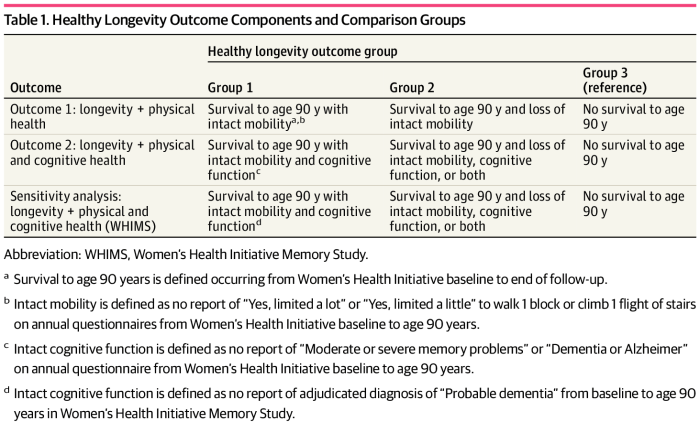Two 2022 papers on aspects of dietary fiber research, starting with a review:
“Considerable attention has been given to unraveling the interaction between fiber type and gut microbiota utilization, focusing mainly on single, purified fibers. Studying these fibers in isolation might give us insights into specific fiber effects, but neglects how dietary fibers are consumed daily and impact our digestive tract: as intrinsic structures that include the cell matrix and content of plant tissues.
Food processing per se is not health-detrimental. Certain foods are barely digestible without any processing, and for specific populations, e.g. those suffering from malnutrition or diseases, food processing is crucial. However, increased digestibility has resulted in negative health outcomes related to obesity and welfare diseases.

Intrinsic structural features of plant cells likely slow down fiber fermentation, inducing a lag phase, but do not necessarily reduce the absolute amount of short-chain fatty acids (SCFA) produced. Consequently, there is a gradual release of SFCA, which means that SCFA production is not restricted to the proximal colon but spread throughout the whole colon, including its distal parts, benefiting local, mucosal health.
This translates into beneficial, systemic, peripheral effects as distal SCFA infusion in vivo has shown to induce more pronounced effects on biomarkers than proximal. Delayed fermentation of intrinsic fibers presents a highly relevant feature that isolated, single fibers do not have.
Instead of further processing our already extensively processed foods to create new products, we should minimize this processing, and exploit health benefits associated with the original cell matrix of plant tissues.”
https://www.frontiersin.org/articles/10.3389/fimmu.2022.954845/full “Intrinsic dietary fibers and the gut microbiome: Rediscovering the benefits of the plant cell matrix for human health”
Reference 115 was a human study by the same researchers:
“We investigated the impact of dried chicory root in a randomised, placebo-controlled trial with 55 subjects at risk for type 2 diabetes. Evidence for a trophic chain including Bifidobacterium and Anaerostipes spp. was recapitulated by in vitro incubations that resulted in high levels of butyrate and propionate production from the treatment product.

We observed a simultaneous increase in faecal and circulating SCFA levels, and a marked improvement in dynamic markers of glucose control. In subjects with a low relative abundance of Blautia spp. – a genus that previously has been associated with T2D – static glycaemic markers also decreased pronouncedly.
Our results demonstrate a strong modulatory potential on gut health and microbial metabolism by native inulin and cell wall fibres pectin, cellulose and hemicellulose in the intrinsic form of dried chicory roots.”
https://www.cambridge.org/core/journals/gut-microbiome/article/dried-chicory-root-improves-bowel-function-benefits-intestinal-microbial-trophic-chains-and-increases-faecal-and-circulating-short-chain-fatty-acids-in-subjects-at-risk-for-type-2-diabetes/6209AEAFBDDB181197F22AE24388186B# “Dried chicory root improves bowel function, benefits intestinal microbial trophic chains and increases faecal and circulating short chain fatty acids in subjects at risk for type 2 diabetes”





















